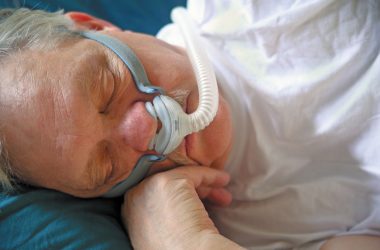During the last fifty years a have to reduce steadily the rate of occupational accidents and diseases, and to deal with the economic burden that arises from workplace accidents and diseases onto the taxpayer through the externalization of costs, has forced the organization of the national infrastructure to support employers to fulfill their legal obligation in health and safety at the office, provide for the establishment of occupational health services, that may contribute to the implementation of the occupational safety and health policy and will perform their functions at the organization level. The legislation on the introduction of measures to encourage improvement in the safety and health of workers at work defines the employer responsibilities for providing most of the necessary information concerning safety and health threats, and the protective and preventive measures required, the obligation for consultation with and the participation of workers in health and safety, the employer responsibility for providing training and health surveillance. Browse the below mentioned site, if you are hunting for more information about occupational health service providers.
The framework Directive also states that the employer shall enlist competent external services or persons if appropriate services can not be organized for insufficient competent personnel within the company. Therefore, the framework Directive greatly strengthens the idea of addressing the matter of health and safety at the office by using multi-professional occupational health services, and in encouraging the active participation of employers and employees in improving working conditions and environments. The business and scope of occupational health are constantly changing to meet new demands from industry and society, which means infrastructures which have been designed for occupational health are also undergoing continuous improvement. Occupational health is primarily a prevention orientated activity, associated with risk assessment, risk management and proactive strategies directed at promoting the fitness of the working population. Therefore the range of skills needed to identify, accurately assess and devise strategies to manage workplace hazards, including physical, chemical, biological, or psychosocial hazards, and promote the fitness of the working population is enormous. No-one professional group has most of the necessary skills to do this goal and so cooperation between professionals is required.
occupational health is not only about identifying and treating individuals who have become ill, it is approximately taking most of the steps which may be taken to avoid cases of work-related ill health occurring. Sometimes, the task of the occupational hygienist, engineer, and safety consultant may be more efficient in tackling a workplace health problem than the occupational health nurse or physician. The multi-professional team can draw on a wide selection of professional experience and regions of expertise when developing strategies, which are effective in protecting and promoting the health of the working population. Because occupational health largely evolved out of what was industrial medicine there is often confusion between the terms and occupational medicine.







